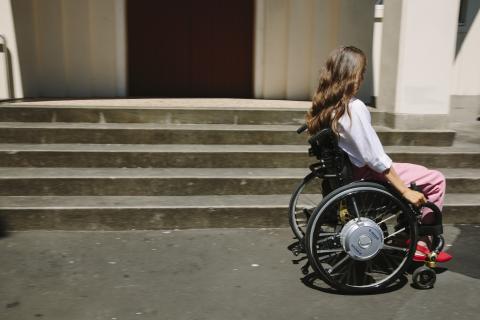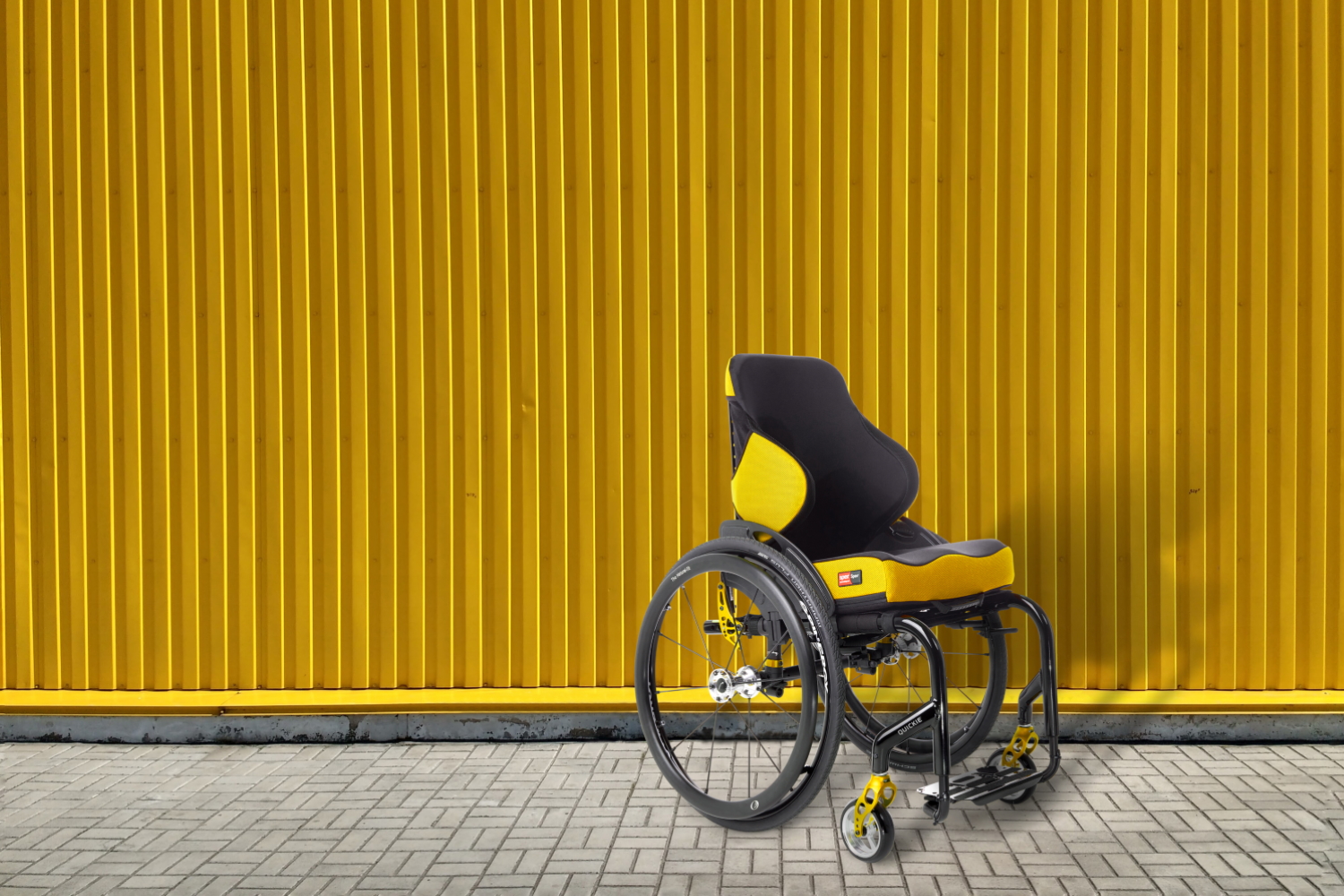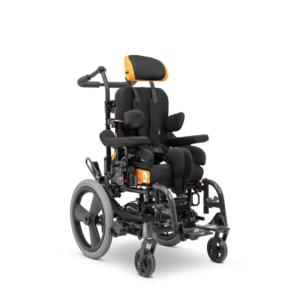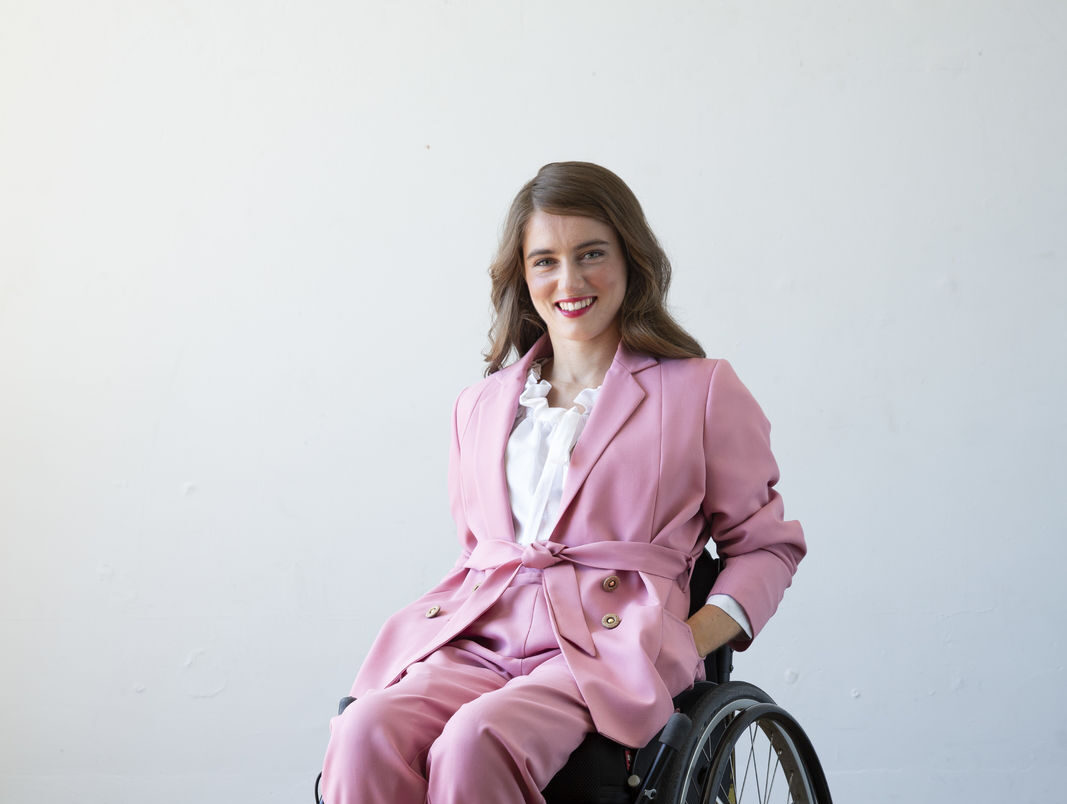When it comes to wheelchairs that are essential for mobility and functional activities, these devices may become a form of self-expression and identity because they become an extension to the wheelchair user’s body (Cifu, 2013, p.292). Children and teenagers may add decorative spoke guards or choose colours to promote self-expression. Therefore, prescription of assistive technology should meet functional needs, meet a clinical need and be nice to look at. You can imagine my surprise when a client recently told me that he didn’t care whether his wheelchair was held together with duct tape and wire if it meant he was comfortable and, therefore, able to be functional and participate in his chosen activities.
So, are looks really that important? The answer: it depends.

As a clinician I am frequently reminded that acceptance of medical devices, small aids and adaptations and assistive technology can depend on the perceptions of the user and their families relating to its purpose and function. I am aware that products for early intervention may be unused because it looks too ‘clinical’ or ‘technical’, or it may too time-consuming to adjust or operate within the confines of the home environment (Pope, 2007, p.133). Aesthetics and appearance can also be a reason for abandonment of assistive technology (Phillips & Zhao, 1993). I am also aware that assistive devices may have a stigma attached to them – they highlight that there is a disability or condition that requires clinical intervention; no matter how big or small, assistive devices can highlight that a skill or ability is missing.
Using seating accessories such as pelvic support belts or harnesses can also have an impact on socialization as these may be perceived as ‘restraints’ and may cause wheelchair users who require these to withdraw from social situations (Jones & Rader, 2019). Consider the various responses and impact the following assistive technology might have on our own behaviour if we were to now need to wear new/stronger glasses or use large-handled cutlery, which allow us to participate in activities we could not do without them. We all have different perceptions about assistive technology. And how we feel about someone else using something, may not be the same as how we would feel if we were to use it.
Much research seems to be based on the practical elements of the wheelchair, but we know that our own feelings, social stigma, worries about others’ perceptions and whether we are totally reliant on assistive technology may influence how we feel about using products to overcome a disability. I encounter varying responses when suggesting using a diary for managing memory and planning difficulties following brain-injury; some love this and see this as a part of everyday life and others see this as public shout-out that they now have memory problems. But if you have never used a diary before, using one now highlights that something has changed. And people might notice.
When I was first introduced to the Spex seating technology and saw clients with complex asymmetrical postures using the modular components, there were two noticeably clear points that struck me:
- The products did not overshadow the user – instead of, perhaps, a large moulded back support that was bigger than the person and perhaps the first thing you saw, the seating system was now more compact and less obvious. The colours on the side panels still did not overshadow the user, even when bold, bright colours were chosen.
- When the user was not sitting in the wheelchair, the fabric cover generally pulled flat on the Spex and Supershape backrests so that any inherent shaping configuration was hidden – the seating system did not seem to be a strong reminder of postural asymmetry to the user or others when looking at the unoccupied assistive device.

Perceptions of wheelchairs are based on many factors and something I would like to understand more about. This may just be the beginning of a research project – watch this space! Wouldn’t it be great to expand on the work by other authors and utilise the Osgood Semantic Differential (see Ploder & Eder, 2013) to capture the experience of the user, the family, and the care givers? I wonder if aesthetics helps drive inclusion for the non-users or the users. Perhaps it will always be a ‘chicken and egg’ conundrum dependent on multiple other factors that will always remain relevant to the use and acceptance of assistive devices, but perhaps not so easy to disentangle.
In conclusion, considering my client’s willingness to use duct tape and wire, aesthetics may be secondary to comfort and function/practicality of the assistive device. But, it depends.||
Discover Part 2 of ‘Are looks really that important? here.




